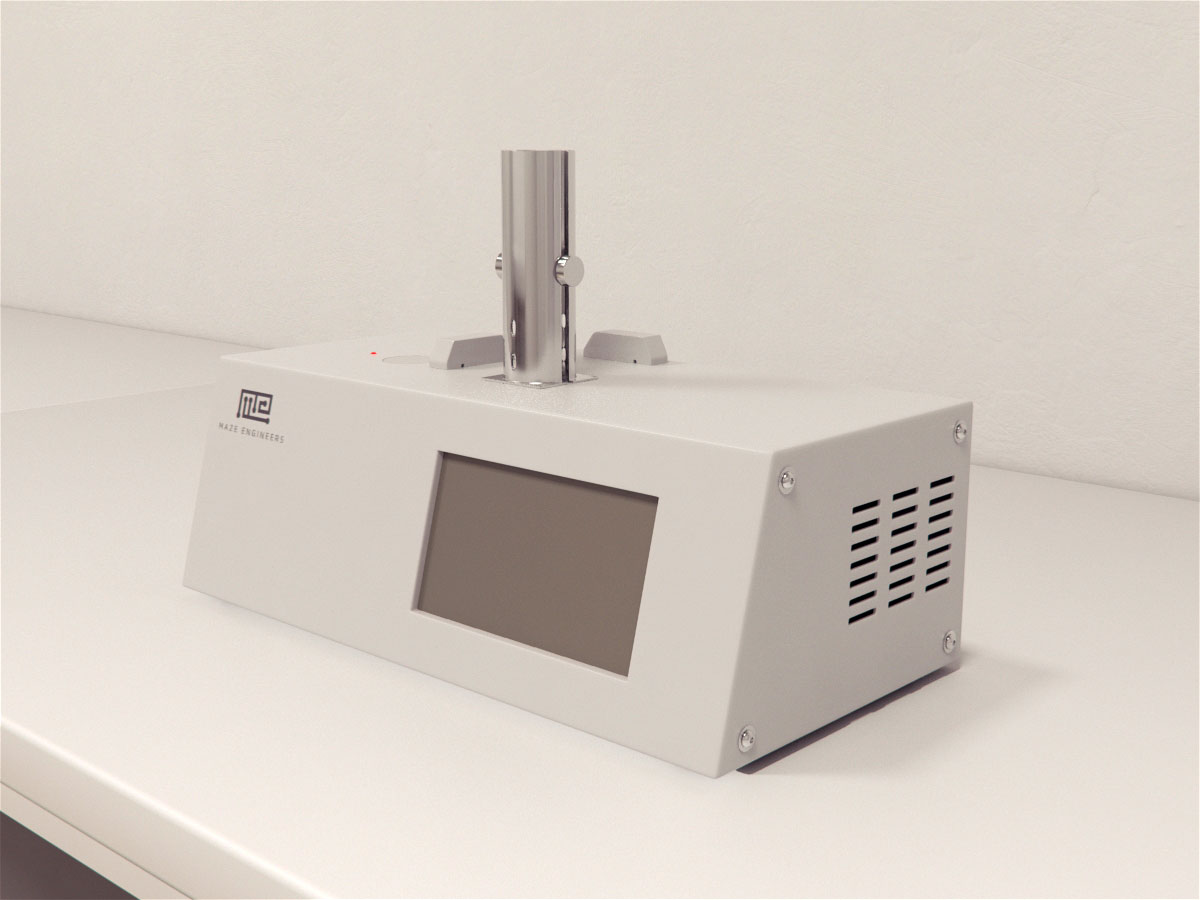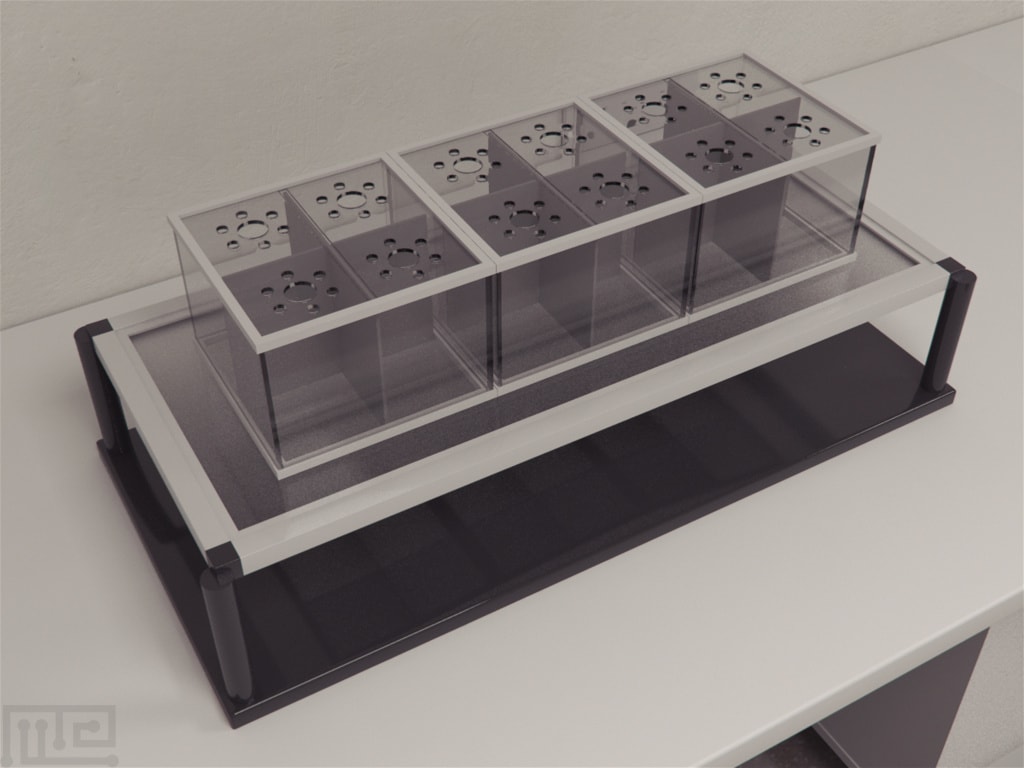The Orofacial Pain Assessment Device (OPAD) was developed by Neubert et al., (2005) as an operant system of pain assessment that relies on voluntary behavior. Assays using the OPAD offer a unidimensional assessment of pain. Responses involve executive functioning and other experiences, thus relying simply on reflex and innate responses does not provide the complete picture. Therefore, a conflict-based paradigm proves to be a more sensitive method that enables in-depth analysis of pain.
The OPAD system is composed of a thermode and metal wires that allow assessment of thermal and mechanical sensitivity. The starved subject is placed in the operant chamber where it can access the food reward only when it contacts the thermal and mechanical stimuli. Essentially, the subject is tasked with choosing to tolerate the stimuli to gain the reward. Unlike traditional assays that are typically based on reflex behaviors, the OPAD allows the subject to choose its own stimuli threshold in order to attain the reward. This reward-conflict paradigm offers better face, content, and predictive validity. Additionally, the OPAD also encompasses psychological and affective dimensions of pain as observed in humans.
Similar devices include the Electric von Frey Filament, the Tail Flick Test, and the Hargreaves Plantar Test. (For more click here).






